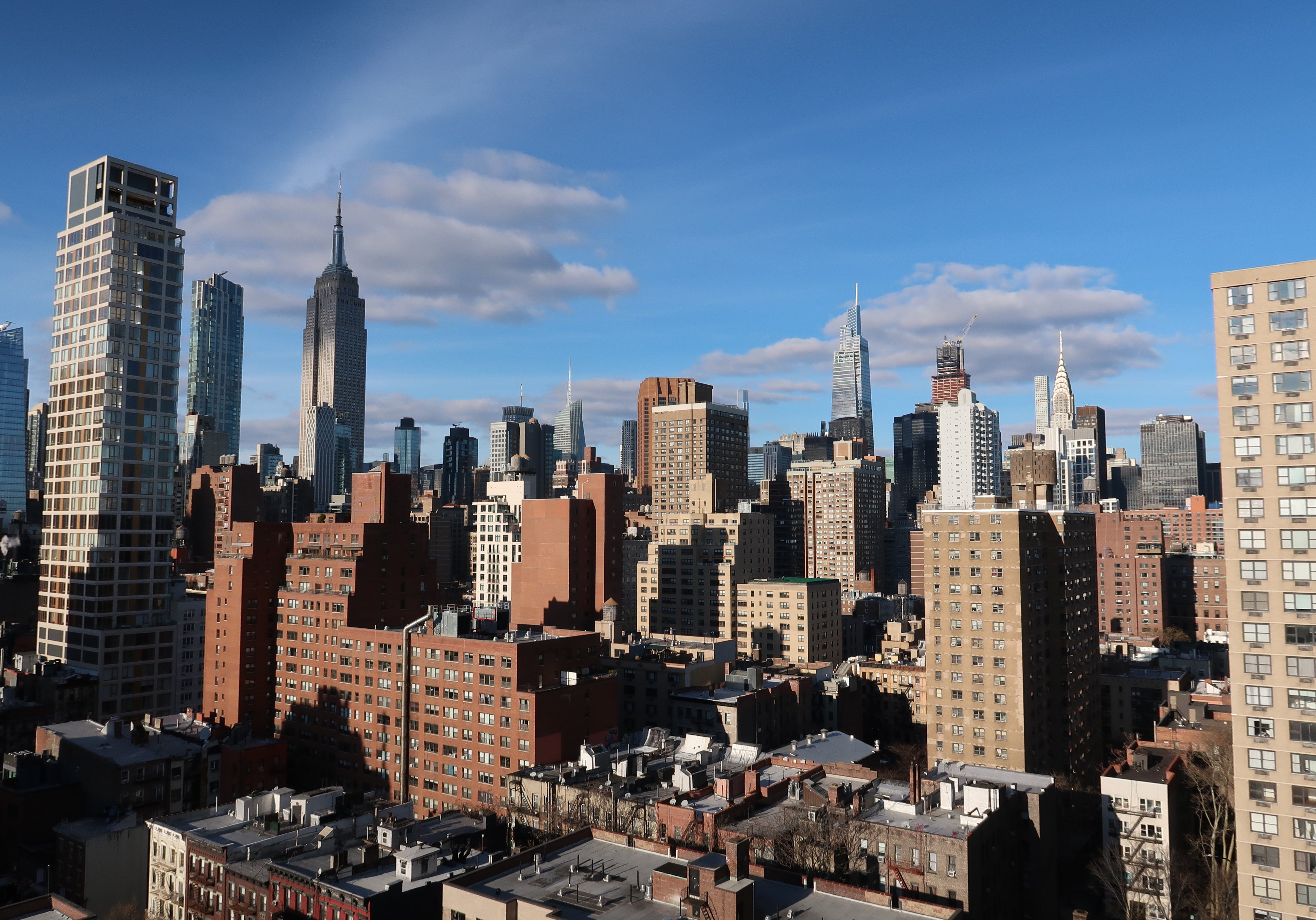Zoos have been in existence for thousands of years. In fact, wall carvings from Egypt and Mesopotamia indicate that zoos date back to at least 2500 BCE. These carvings record expeditions of handlers who traveled long distances to bring back animals such as elephants, bears, dolphins, bears giraffes and birds. The earliest zoos were “menageries,” a term applied to a small collection of exotic animals. They were meant to enhance the social status and power of the owners and provide amusement to the ruling classes.
By the early 19th century, the “modern” zoo had evolved. With increasing urbanization in Europe and the northeastern part of America and a Victorian-era fascination with natural history, zoos in some large cities drew millions of people who came to see exotic animals from far-off lands. Since then, zoos have changed their mission because of the threat of extinction and loss of habitat. From the mid-20th century onward, zoos have focused on conservation of animals and their habitats. The animals in zoos today fulfill a number of roles, from education to ambassadors for their species and sustainment for those endangered in the wild.
Zoos and New York City
While Philadelphia chartered the first zoo in 1859 and officially opened it to the public in 1874, the Menagerie at Central Park in New York City became an institution long before that. By 1874, the Central Park Menagerie already had 626 animals residing there (New York City Department of Parks and Recreation, n.d.a). Today, New York City boasts five zoos and one aquarium. There is at least one zoo in each of the boroughs and all of them in parks. The Bronx Zoo is the largest metropolitan zoo in the United States. Two million visitors come there each year, and its facilities are home to over 4,000 animals, many of them rare and endangered. The other New York City zoos and aquarium are the Prospect Park Wildlife Center in Brooklyn, the Queens Wildlife Center, the Staten Island Zoo, and the New York Aquarium in Brooklyn.
Central Park Zoo (also known as Central Park Wildlife Center & Tisch Children’s Zoo)
Though Frederick Olmsted and Calvert Vaux originally planned Central Park without a zoo, the Park began to house animals in the late 1850s, with the first known to be a bear entrusted to the care of park's messenger boy. City Commissioners responded to the growing ad hoc collection of animals by petitioning the State Legislature to set aside a portion of the Park for a “zoological garden,” which it did in 1861. Construction of structures to house the animals continued through the 1860s and into the 1880s. During this period, the Menagerie became the scene of many rare wildlife births contributing to rising annual attendance that rose from 7,000 in 1873, to over a million by 1902.
The Menagerie came under the oversight of the New York Zoological Society in the 1890s. The Society operated under a special charter granted by the New York Legislature to create a public zoological park, to protect animals and to promote the science of zoology. Once the Society had control, construction of additional permanent buildings began immediately.
In 1934, Commissioner of Parks, Robert Moses, remodeled the Menagerie, which then became the Central Park Zoo. The remodeling was a New Deal project administered by the Works Progress Administration. Once complete, the zoo became the model for others of the time. However, over the next 40 years or so, the facilities became inadequate for the animal population. So, in April 1980, the City contracted with the Wildlife Conservation Society (formerly the New York Zoological Society) to renovate and operate the zoo for the Department of Parks and Recreation. New construction began in 1985 an On August 8, 1988, the new Central Park Zoo opened to record crowds. Today, the zoo attracts nearly one million visitors a year.
The Bronx Zoo
Andrew Green, a founding member of the New York Zoological Society was instrumental in selecting the location for the zoo within the City limits as required by the Society’s act of incorporation. To create a large zoo and to replicate the natural habitat of the animals, Bronx Park located to the north of 150th Street was chosen because it had many of the requirements the Society felt necessary. The land was rough, unimproved, partly meadow and partly forested with four natural basins. When the facility finally opened in 1899, it offered a unique experience to visitors by providing a terrain and natural habitat without cages utilizing the Bronx River, which flows through the park.
From the beginning, the Bronx Zoo has housed, and thus protected, many animals from throughout the world that are endangered species. At present, the zoo is home to over 4,000 animals and encompasses 265 acres. Visitors can enjoy a safari through the Zoo’s “open plains” where they have an intimate view of wildlife in the Gorilla Forest and snow leopards in the Himalayan Highlands habitat. The re-created Asian rainforest includes amazing wildlife such as the Indian rhinoceros, white-cheeked gibbon, black leopard, Malayan tapir, and silvered leaf monkeys. Other wildlife spots in the Zoo include the Baboon Reserve, Cope Lake with gibbons and pelicans, the Sea Lion Pool, the Monkey House in Astor Court, Tiger Mountain, the reptile house, the aviary, and the Carter giraffe.
The Prospect Park Wildlife Center
Like the Menagerie in Central Park, Prospect Park began to operate as a menagerie in the late 1800s. By 1896, the inhabitants included 59 sheep, 28 deer, a buffalo, a cow, three bears, a puma, two raccoons, ten rabbits, one dog, one eagle, eight peafowls, eight doves, 39 Chinese geese, 15 Egyptian geese, 7 Muscovy ducks, four common ducks, and three turkeys. The collection of animals formally became the “Prospect Park Zoo on Flatbush Avenue” when it opened to the public in 1935. It, too, was a Works Project Administration project and part of a massive City-wide park improvement initiative under the direction of Robert Moses.
By 1983, unfortunately, the Prospect Park Zoo had deteriorated severely. An accident where a boy passed away after falling into the polar bear pit drew even more attention to the Park’s shortcomings. The Zoo’s “salvation” would come from an agreement between the city and the NY Zoological Society to manage the Central Park, Prospect Park, and Queens Zoos for 50 years beginning in 1980. In 1987, the Zoo broke ground on a $37 million restoration that was completed in 1993. The renovated Zoo focused on smaller animals and education and changed its name to “Prospect Park Wildlife Conservation Center." Natural habitat exhibits replaced bars, cages, and pits. Three areas were designed to engage children in learning about wildlife: The World of Animals, Animal Lifestyles, and Animals in Our Lives. A 1993 sculpture project made of animal-shaped topiary frames, adorns the walkway near the Administration Building.
The Queens Wildlife Center
The Queens Zoo opened on October 26, 1968, with a ceremonial ribbon cutting by Robert Moses. The Zoo occupies the site of the 1964 World’s Fair, and the current aviary was the geodesic dome at the Fair. Subject to that 50-year agreement with the Zoological Association to manage zoos in the City, The Queens Zoo underwent a $16 million dollar renovation that was completed in 1992 with a new name –the Queens Wildlife Center.
The Center continues to receive some funding from the City of New York, which means it is vulnerable to budget cuts. The Zoo faced significant cuts during the financial crisis of 2003 when then-Mayor, Michael Bloomberg, published his “doomsday budget.” The budget proposed that the Prospect Park and Queens Zoos would have all city funding cut since they were the least-attended of the City’s zoos. The City ultimately determined that a saving of $6 million for the two Zoos’ closure would be offset by the facilities’ estimated expenditure of $8 million for their decommission. In the end, it was cheaper to run the Zoos than to shut them down.
Today, paths from the entrance lead visitors to pockets of wild habitats, from the Great Plains to a rocky California coast to a Northeast forest. American bison, mountain lions, California sea lions, American bald eagles, and Roosevelt elk are among the species on display.
The Staten Island Zoo
Described as the “biggest little zoo in America,” the Staten Island Zoo includes about 1,100 animals. The Zoo is a leader in wildlife conservation, caring for more than 70 end/threatened species in its facilities and participates in breeding programs and education to highlight the plight of vanishing species. The Zoo is one of only 225 licensed exhibitors in the world to be accredited by the Association of Zoos and aquariums.
The Staten Island Zoo was built on the former mansion and estate grounds of Colonel Edward Harden who fought in the Spanish-American War. Mrs. Harden willed the land to the city upon her death under three conditions: that it be named for her brother-in-law, that the property not be used for a playground, and that her husband be allowed to reside in the house that stood on the property. When Mrs. Harden died in 1930, the property was transferred to the city of New York. The official name still is Barrett Park, but in the 1960s, the most popular reference to it was the “Staten Island Zoo.”
The Staten Island Zoological Society was created in 1933 and the park was yet another project of the Works Progress Administration. With the land owned by the City and a Zoological Society in place to run and administer the site, zoo construction began in 1933 to convert the 8-acre Harden estate into a zoo. The zoo opened to the public on June 10, 1936, and was considered the first U.S. "educational zoo." The Zoo is notable for being the first American zoo to have a full-time female veterinarian on staff who was hired in 1942.
The New York Aquarium
The original location of the New York Aquarium was at Castle Garden in Battery Park. It opened on December 10, 1896. This aquarium is the United States’ longest continually operating aquarium. 6 years later the New York Zoological Society assumed control of the Aquarium, which housed 150 species. Under the directorship that lasted 30 years, Charles Haskins Townsend expanded the collection its collection was greatly expanded. The Aquarium closed temporarily in 1941 due to the construction of a tunnel, which ended up compromising its foundation. Most of the animals moved to the Bronx Zoo while the Society considered options for a new site. World War II suspended progress at the site, and the new facility on Coney Island was not finished until 1957. Hurricane Sandy in 2012 hit New York, causing major damage to the Aquarium that still is being addressed today.
Today, the Aquarium raises public awareness about environmental issues facing the ocean and its ecosystem. The Aquarium is home to the 332-foot long, ten-foot tall cast-concrete “Symphony of the Sea” sculpture wall by artist Toshio Sasaki, one of the eight finalists of the Ground Zero Memorial competition and a recently-added shark exhibit.
In Sum
Each of the New York City zoos and the Aquarium has its own rich and interesting history. They have survived and thrived by adapting to the desires of visitors while fostering an appreciation for animal life and promoting knowledge of zoology.



-3.png)


